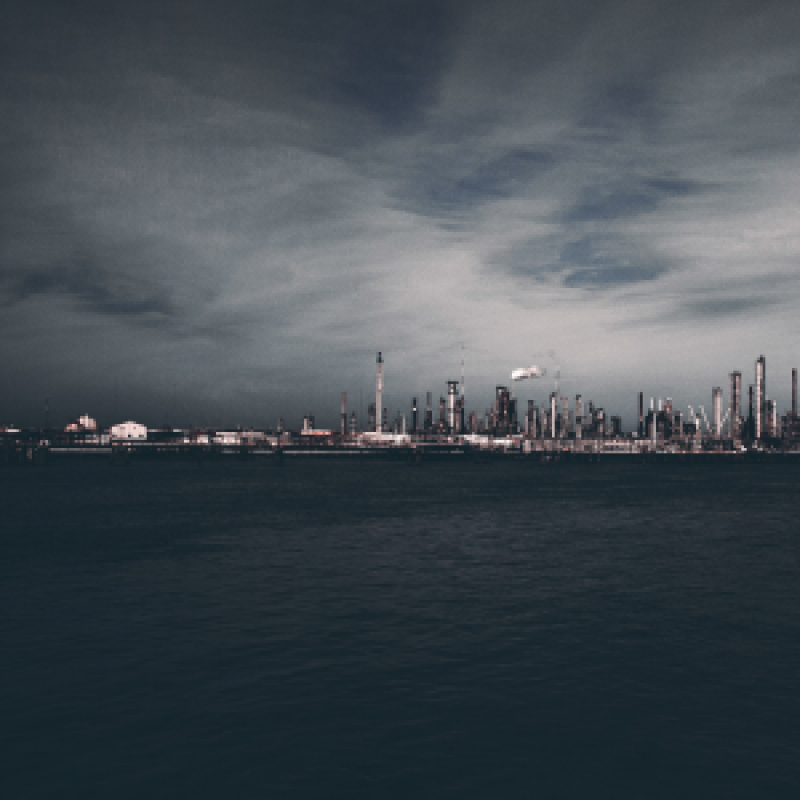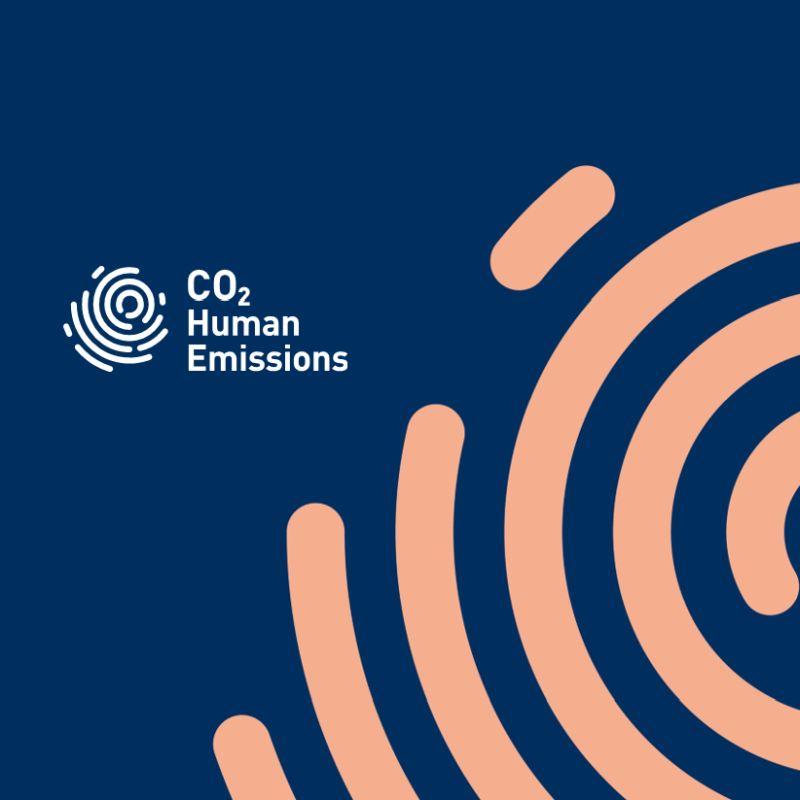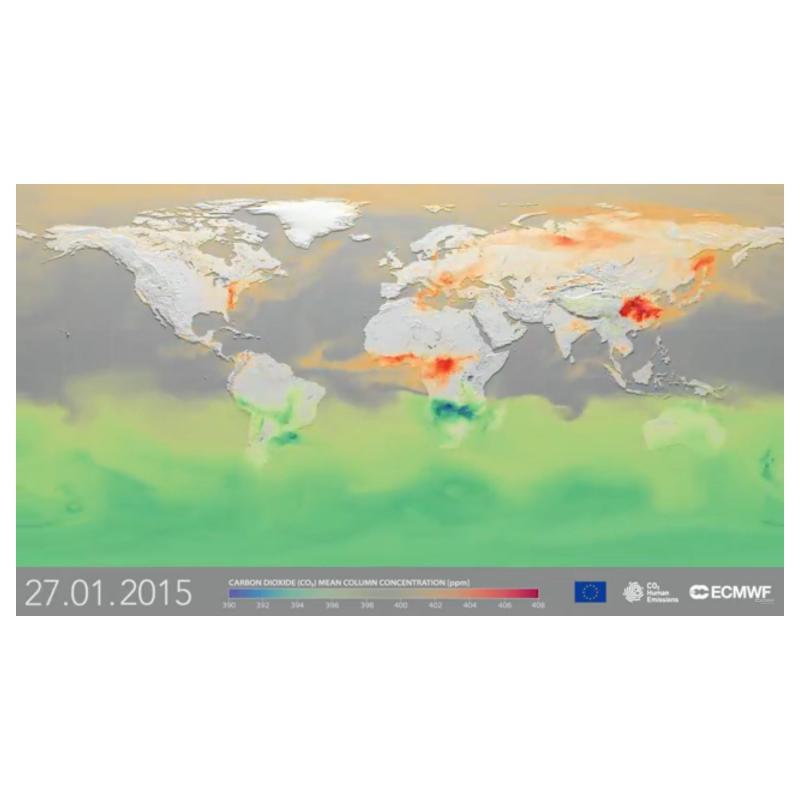There are both natural and human sources of carbon dioxide emissions. Natural sources include decomposition, ocean release and respiration. Human sources come from activities like cement production, deforestation as well as the burning of fossil fuels like coal, oil and natural gas.
Due to human activities, the atmospheric concentration of carbon dioxide has been rising extensively since the Industrial Revolution and has now reached dangerous levels not seen in the last 3 million years.1 2 3 Human sources of carbon dioxide emissions are much smaller than natural emissions but they have upset the natural balance that existed for many thousands of years before the influence of humans.
This is because natural sinks remove around the same quantity of carbon dioxide from the atmosphere than are produced by natural sources.4 This had kept carbon dioxide levels balanced and in a safe range. But human sources of emissions have upset the natural balance by adding extra carbon dioxide to the atmosphere without removing any




